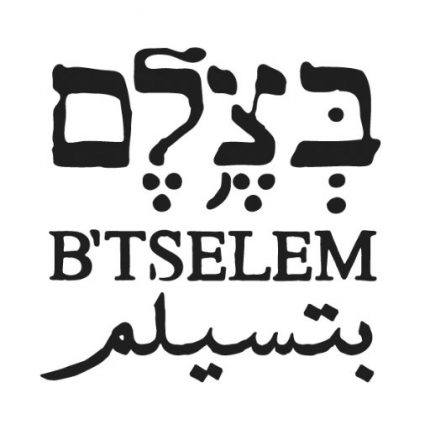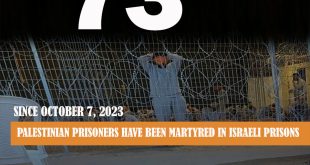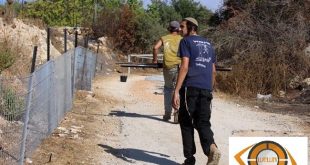B’Tselem has carried out a survey to map the processes underway in Batan al-Hawa, a neighborhood currently undergoing the most extensive dispossession proceedings in East Jerusalem in recent years. Nine of the roughly 50 parcels in the neighborhood have already been transferred by Israeli authorities to the Ateret Cohanim association, and settlers have moved in to five of them. At the moment, eviction claims filed by the settler association over the past two years are pending against 81 Palestinian families who have been living in the neighborhood for decades. These families all live in Parcel 96 which covers an area of 0.26 hectares in the center of the neighborhood. In addition, the Jerusalem Municipality has fined two other families, who live in Parcel No. 84, and issued demolition orders for parts of their homes on the grounds that they had encroached on land that belongs to Ateret Cohanim – even though the settler association began steps toward taking possession of the properties only in 2001. Ateret Cohanim already has possession of six buildings in the neighborhood, containing 27 housing units, most of which had been home to Palestinian families who have already been dispossessed. This dispossession of neighborhood residents is organized state violence in pursuit of an unlawful end – the forcible transfer of protected persons from their homes in an occupied territory. Needless to say, Israel’s courts have given the seal of approval to every aspect of this reality.
B’Tselem’s survey indicates that along with the legal proceedings, neighborhood residents are subjected to other types of pressure. Settler presence brings with it the Israel Police, the Border Police and private security guards paid for by the Ministry of Housing. They use violence against Palestinian residents on a daily basis, including making use of live fire and crowd control measures in the heart of the crowded neighborhood, threatening residents, arresting minors and disrupting life. Residents’ freedom of movement is being violated by the blocking of a main street near the settlement of Beit Yehonatan. Their privacy has been violated by the many security cameras installed around the settlers’ homes. The stronger the hold settlers have in the neighborhood of Batan al-Hawa, the greater the number of Palestinians who will be routinely impacted by the settler security apparatus, even without being expelled from their homes.
B’Tselem will be devoting efforts to raising public awareness of the process of “Judaizing” Batan al-Hawa, and the resultant human rights abuses suffered by local residents. The modus operandi used by Ateret Cohanim rests on manipulating a combination of three laws passed by Israel since 1948, which allow Jews, and Jews only, to demand that the Custodian of Absentee Property hand over ownership rights to property owned by Jews prior to 1948. Where properties in West Jerusalem owned by Palestinians prior to 1948 are concerned, Israel offers owners no opportunity to reclaim them.B’Tselem will be devoting efforts to raising public awareness of the process of “Judaizing” Batan al-Hawa, and the resultant human rights abuses suffered by local residents. The modus operandi used by Ateret Cohanim rests on manipulating a combination of three laws passed by Israel since 1948, which allow Jews, and Jews only, to demand that the Custodian of Absentee Property hand over ownership rights to property owned by Jews prior to 1948. Where properties in West Jerusalem owned by Palestinians prior to 1948 are concerned, Israel offers owners no opportunity to reclaim them.
Ever since Israel annexed East Jerusalem, Israeli authorities have employed discriminatory policies against the city’s Palestinian residents, and have worked in different ways toward decreasing their number while increasing the number of Jewish residents, with a view to achieving demographic and geographic conditions that would obstruct any future attempts to question Israeli sovereignty over East Jerusalem. According to figures by the NGOs Peace Now and Ir Amim, the number of settlers living in Palestinian neighborhoods in the Old City Basin has seen a 70% spike between 2009 and 2016. An increase of 39% in the number of new construction sites designated for Jews in Palestinian neighborhoods in East Jerusalem has also been recorded. During this time, 68 Palestinian families were evicted in Sheikh Jarrah, Silwan and the Muslim Quarter, 55 of them over the last two years. According to UN figures, settler organizations have filed eviction actions against at least 180 Palestinian families throughout East Jerusalem, usually based on claims of ownership over the building and loss of protected tenant status by the Palestinian families. As a result, 818 Palestinians throughout the city, including 372 children, are facing expulsion from their homes.

 العربية
العربية עברית
עברית Türkiye
Türkiye Русский
Русский Français
Français We Watch Israeli Violations Specialized website in monitoring and documenting Israeli violations against Palestinians
We Watch Israeli Violations Specialized website in monitoring and documenting Israeli violations against Palestinians






